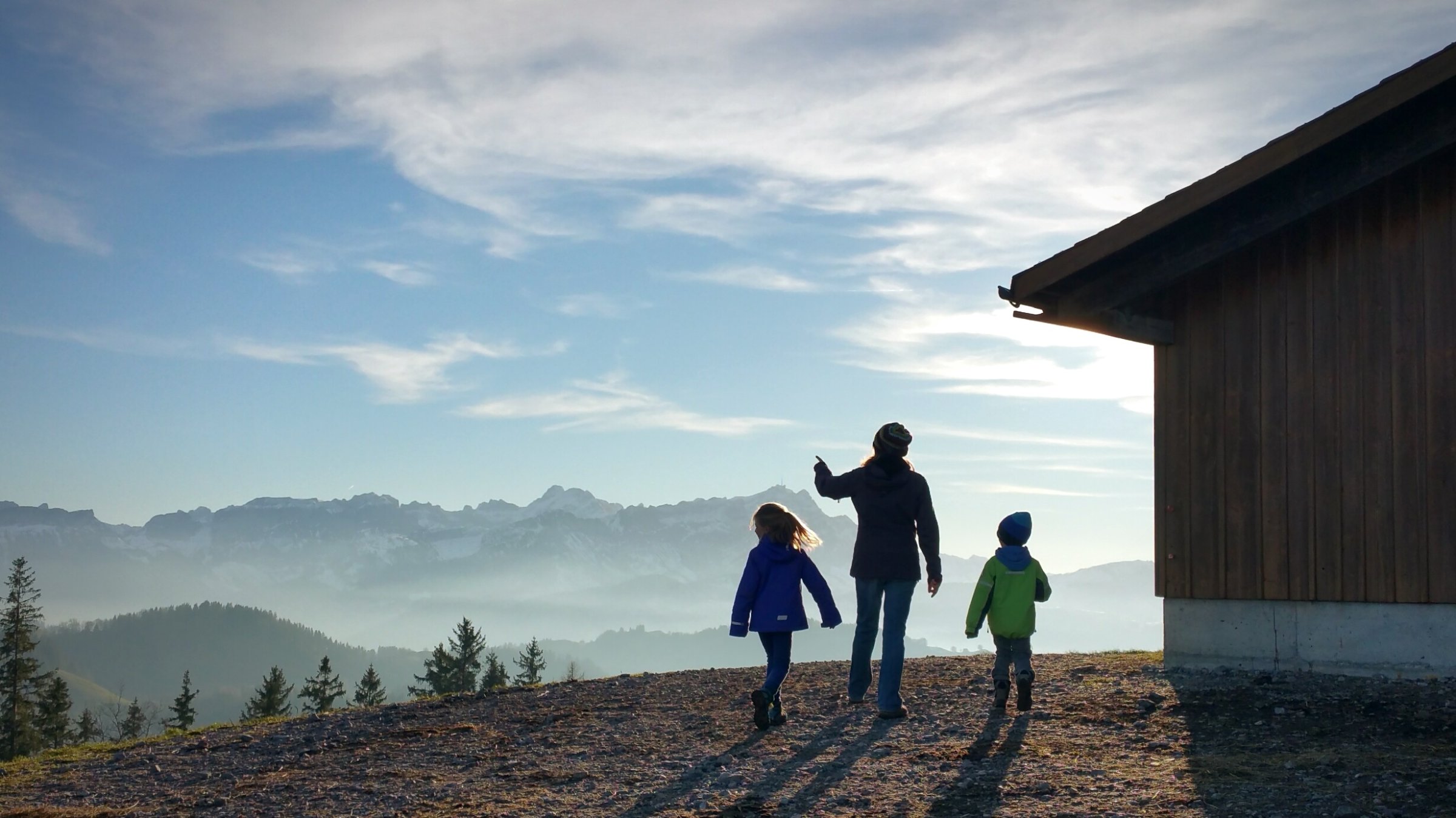
When I became a mom in the U.S., the parenting experience was nothing like I had expected. The playgrounds, which I thought would be teeming with children, were often deserted. Most young children seemed to be either glued to a screen at home or being drilled with academics at preschool. When I went outside for daily walks with my baby in the winter, people took pity on us and offered me rides. Meanwhile in my native Sweden, kids gear up to go outside every day, regardless of the weather, both at home and at preschool. Forget flash cards, wall words and kindergarten readiness — Scandinavian parents are keener to have their young children climb trees and dig for earthworms than learn academic facts. But this is far from the only surprising difference between the two parenting cultures.
Let your baby nap outside all year.
Most Scandinavian parents are so adamant about giving their infants and toddlers fresh air every day that they let them take their naps in prams outside. Yes, even in the winter and even in freezing temperatures. The advantage of this practice? Parents report that babies take longer and deeper naps when they sleep comfortably bundled up outside in the cold, and most felt the practice was healthy because of the fresh air, according to one Finnish study. Doctors also recommend it as a way to decrease children’s exposure to germs and reduce the risk of infection.
Don’t obsess over gender.
Nope, you won’t find any gender reveal parties or other ceremonies revolving around the sex of a baby in Scandinavia. In fact, hospitals in Sweden typically won’t share the sex of a baby even if they can see it during a sonogram, so most parents-to-be don’t know what they’re having until the day the baby is born. Parents feel strongly about treating boys and girls the same and are no stranger to protesting companies whose clothing or toys cement stereotypical gender roles. Some parents even choose to send their children to gender-neutral nursery schools, where the pedagogy specifically focuses on breaking with traditional gender roles.
Don’t use corporal punishment.
Sweden was the first country in the world to ban spanking and all other forms of corporal punishment in 1979, and its neighbors Finland and Norway soon followed suit. Although spanking was once a common way to discipline your child, more and more parents voluntarily moved away from the practice in the 1960s, as “the continuous growth of a democratic, egalitarian ideal meant that more and more Swedes felt that all people — children too — should enjoy equal protection from violence,” according to the official site of Sweden. Today, using any type of physical discipline is a foreign concept to Scandinavian parents.
Relax about nudity.
Scandinavian parents encourage young kids to run around in their birthday suit outside whenever the temperature permits. Instead of thinking of nudity as something shameful, parents believe it’s important for children to be knowledgeable about and feel comfortable with their own bodies. This belief is reflected in children’s books, which sometimes sport anatomically correct illustrations of children with no clothes on. And when the Swedish public service TV launched a cartoon for preschoolers featuring a singing penis and vagina (called “Willie and Twinkle” in the English version), it quickly became a viral sensation. Not because parents were outraged, but because most of them loved it.
Encourage your kids to run wild and get dirty.
Messy, wild play outdoors is seen as a perfectly natural, even cherished, part of childhood in Scandinavian society and parents welcome muddy boots, scraped knees and piles of filthy clothes as proof that their children had a good day filled with adventure and exploration. Scandinavians happily forgo both pocket-sized hand sanitizers and chlorine-infused toy-cleaning routines, and don’t panic if their charges happen to sample a clump of dirt. Recent studies suggest that they’re on to something, as microbes in the soil may help kids — and their immune systems — become more resilient to allergies and asthma. The subjects of those studies? Americans.
More Must-Reads From TIME
- The 100 Most Influential People of 2024
- The Revolution of Yulia Navalnaya
- 6 Compliments That Land Every Time
- What's the Deal With the Bitcoin Halving?
- If You're Dating Right Now , You're Brave: Column
- The AI That Could Heal a Divided Internet
- Fallout Is a Brilliant Model for the Future of Video Game Adaptations
- Want Weekly Recs on What to Watch, Read, and More? Sign Up for Worth Your Time
Contact us at letters@time.com